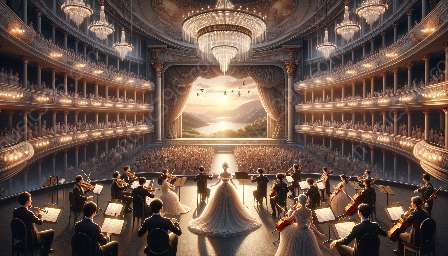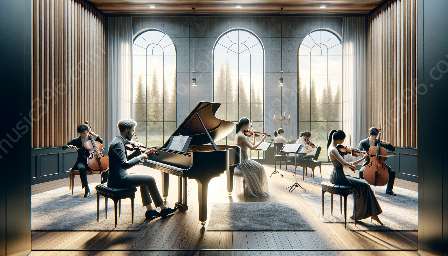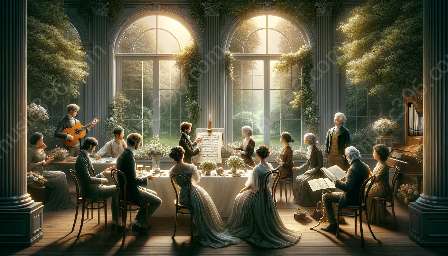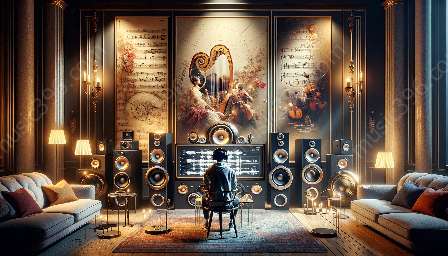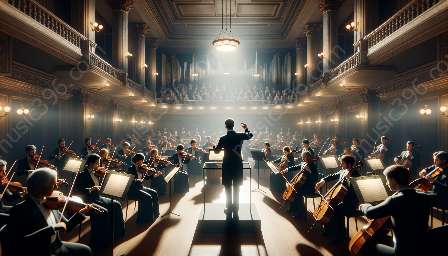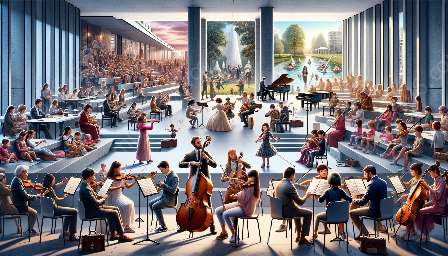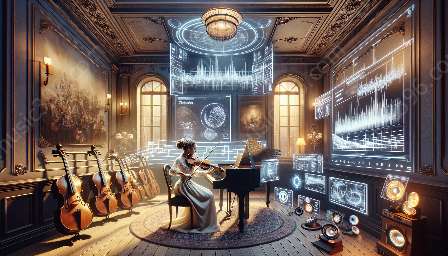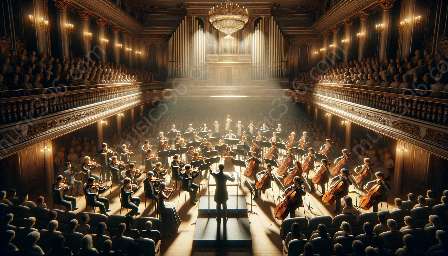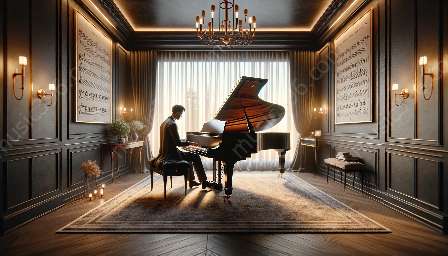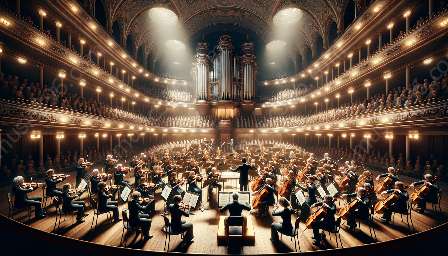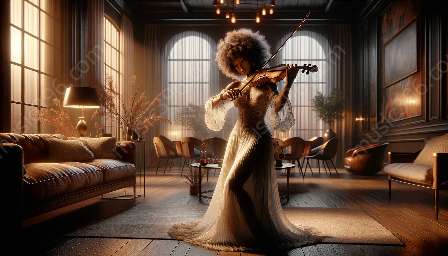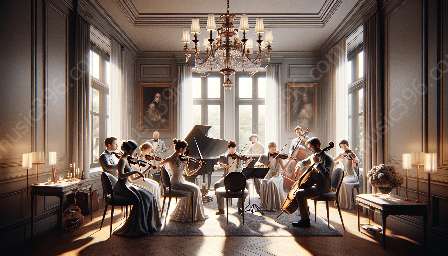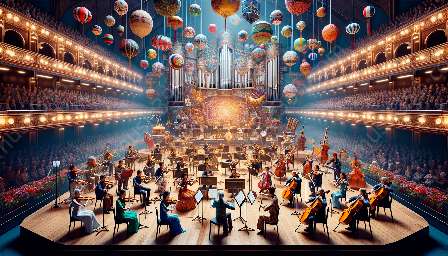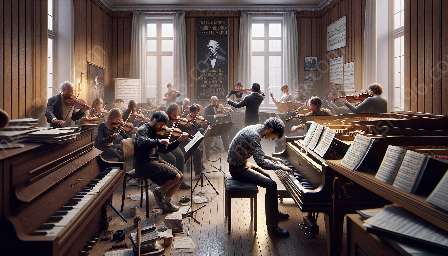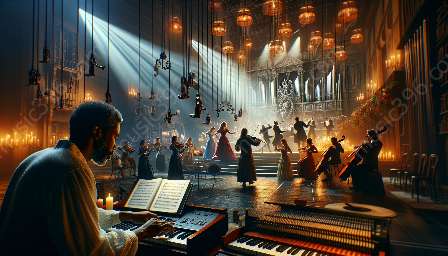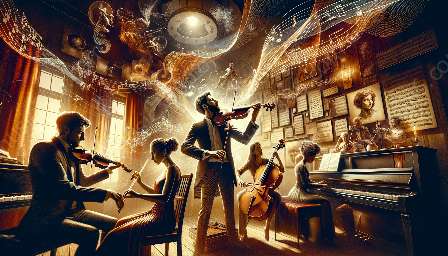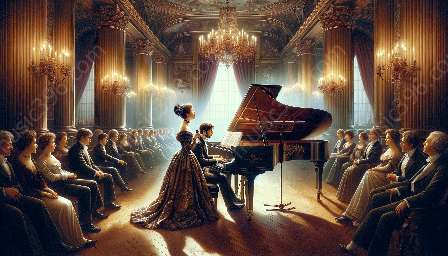Conducting in classical music orchestras is a highly skilled art that requires a deep understanding of musical interpretation and communication. It is a unique form of non-verbal communication that is essential for coordinating a large group of musicians to create a harmonious and cohesive performance.
Understanding the Role of a Conductor
The role of a conductor in a classical music orchestra is multifaceted. Beyond simply keeping time and cueing musicians, a conductor is responsible for interpreting the composer's intentions, shaping the overall musical performance, and bringing out the emotional and expressive qualities of the music. This requires a deep understanding of the score, as well as the historical and stylistic context of the music being performed.
Conducting Techniques
Conducting techniques encompass a wide range of skills, including beat patterns, gestures, and body language. The beat pattern is the primary tool a conductor uses to indicate the tempo and rhythm of the music. It consists of both the pattern of the hand movements and the specific cues that convey the intended phrasing and dynamics. Additionally, conducting gestures such as hand signals, facial expressions, and body language are used to cue specific entrances, indicate changes in dynamics, and convey the emotional nuances of the music.
Beat Patterns
The beat pattern or conducting pattern is a visual representation of the underlying music meter, usually in simple time or compound time signatures. For example, in 4/4 time, the conductor's beat pattern may involve a downward stroke for the downbeat followed by an outward motion for the upbeat. Meanwhile, in 3/4 time, the beat pattern may consist of a downward motion followed by a lateral movement to indicate the secondary beat.
Gestures
Conducting gestures extend beyond beat patterns, encompassing a wide array of non-verbal cues that direct the orchestra. These gestures may include subtle hand movements to shape the sound, facial expressions to convey emotion or intensity, and even physical movements to indicate changes in dynamics or articulation. A skilled conductor can communicate a wealth of information through these gestures, effectively guiding the musicians to embody the musical interpretation envisioned by the conductor.
Communication with the Orchestra
Effective communication between the conductor and the orchestra is essential for a successful performance. Through conducting techniques and gestures, a conductor not only conveys the technical aspects of the music but also fosters a sense of connection and inspiration among the musicians. This involves establishing trust, conveying the conductor's vision, and creating a collaborative environment that empowers the musicians to express themselves within the framework set by the conductor.
Interpretation and Expression
Conducting in classical music orchestras is deeply rooted in the interpretation and expression of the music being performed. A conductor must possess a profound understanding of the composer's intent, historical context, and stylistic conventions to effectively bring the music to life. Through precise gestures and nuanced conducting techniques, a conductor can shape the dynamics, phrasing, and emotional nuances of the music, allowing the orchestra to convey the intended expressive qualities of the composition.
Orchestration and Arrangement
Conducting is closely intertwined with the art of orchestration and arrangement in classical music. Orchestration refers to the process of scoring music for different instruments within an orchestra, while arrangement involves adapting existing compositions for orchestral performance. A conductor's understanding of orchestration and arrangement is crucial for effectively balancing the sound and ensuring that each instrument contributes harmoniously to the overall texture of the music.
Conclusion
Conducting techniques and gestures in classical music orchestras are essential components of the art of conducting and orchestration. A conductor's mastery of conducting techniques and gestures enables them to effectively convey their musical vision, communicate with the orchestra, and shape the expressive qualities of the music being performed. Through a deep understanding of beat patterns, gestures, and communication with the orchestra, conductors play a pivotal role in bringing classical music to life through captivating and expressive performances.

